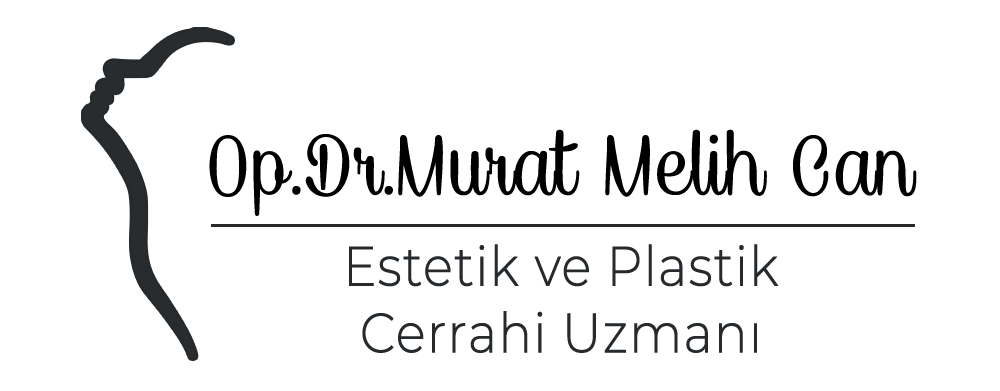Otoplasty
In general, a single ear or both ears are separated from the head because the ear looks forward and sideways angled, can be defined as the bucket ear. However, there is often a lack of development of the ear folds, and the ear folds are not clear. The problem involves the upper and middle 1/3 of the ear in the majority of patients, but in some patients it also involves the earlobe.

Causes of Ear Deformity
In fact, the cause of the deformity is related to genetics. In other words, if the father or mother has this problem, it is also likely to be seen in the child. In addition, a severe blow, which can be called traumatic causes, can cause damage to the ear cartilage and cause scoop ear development. Another noteworthy but important point is that babies bending their ears and repeating them as a play may cause the ear to curl forward and sideways.
Can Scoop Ear Improve After Surgery?
The first days are very important in the treatment of postpartum scoop ear deformity. In those days, because of the estrogen hormone passed from the mother, ear cartilage can take shape more easily. For this reason, an improved, patient-produced splini can be used, or it may be beneficial to use a tight headband. Both applications should be continued for 6-8 weeks.
When Can Ear Surgery Be Performed in Children?
Ear development in children is completed around the age of 6 years. For him, the appropriate time for scoop ear surgery is to perform this surgery before the child starts primary school. Because sometimes this problem is mocked by friends. This may cause the child to have problems with school adaptation and even decrease school success.
How to Perform Otoplasty Surgery?
Today, otoplasty is performed with 2 techniques. The first one is rope-grab ear aesthetics, the second is open ear aesthetic surgery.
How otoplasty surgery is performed with rope? What are the advantages?
Rope scoop ear aesthetics, without any incision under local anesthesia with a needle from the back of the cartilage tissue is placed with the help of surgical ropes. The placed ropes are knotted and the ear is laid back and towards the head. After this process lasting 30 minutes, the points where the ropes enter are closed with tape and the process is completed. Other than that, there will be no need for any thick dressing. The main advantages of this method are that it is uninterrupted, there is no need for subsequent dressing and it can be returned to your daily life as soon as possible.
Open Otoplasty Surgery
Open otoplasty surgery is performed under local or general anesthesia, following an incision from the posterior part of the ear to the head, with a number of surgical techniques that shape the ropes and cartilage. The surgery is closed with aesthetic sutures and ends.
What is the Process After Ear Surgery?
Scoop ear aesthetics is a daily operation that does not require hospitalization. On the second day after the procedure, bandages are opened and dressing is performed. After removal of the dressing, the ears will become slightly edematous and swollen, but these edema will pass within 5-7 days. Patients will use the headband for 1 week after dressing and will be able to remove it at the end of the week.
